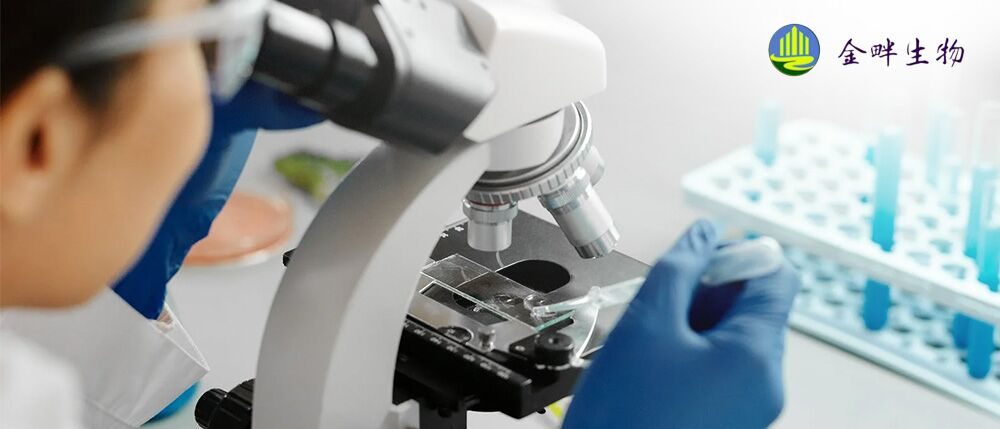Cryo buffer 冷冻缓冲液
We’ve had good success using the well solution directly as the foundation of a cryobuffer in several situations where crystals cannot be grown directly in the presence of cryoprotectant, and where crystals don’t tolerate transfer to artificial mother liquors. The basic protocol is as follows:
1. Remove 100 microliters of the well solution after crystals have grown
2. Split this sample into two 50 microliter aliquots.
3. Add 7.5 mg of dextrose (glucose) to the first aliquot and 15 mg of dextrose to the second. Dissolve by gentle pipeting with a wide-bore tip. This will give two sequential well solutions that now contain 15% and 30% w/v dextrose. If all the dextrose won’t go into the second aliquot, spin hard and remove the supernatant.
4. Transfer the crystal to aliquot 1, equilibrate for 3 minutes, then to aliquot number 2, then freeze. We’ve had a few crystals that routinely crack or blow up when transfered to artificial mother liquor that behave well when transfered to well solution plus glucose. We assume that there is some aspect of the crystal drop (pH, ionic tension, precipitant concentration) that is more effectively reproduced within the well than by separately prepared mother liquors. The nice thing about the protocol above is that you don’t get much of a volume increase when dry dextrose is dissolved in the well solution, so the components in the solution are not diluted.
Finally, if you don’t get a really good freeze, you can try to add about 5% v/v glycerol to aliquot 2 in addition to the 30% w/v dextrose. Reference: Personal communication from Barry Stoddard, Fred Hutchinson Cancer Research Center
冷冻缓冲液
在几种情况下,在存在冷冻保护剂的情况下晶体不能直接生长以及晶体不能转移到人工母液中的情况下,我们直接使用井溶液作为冷冻缓冲液的基础取得了很好的成功。基本协议如下:
1. 晶体生长后取出 100 微升孔溶液
2. 将此样品分成两份 50 微升的等份。
3. 在第一个等分试样中加入 7.5 mg 葡萄糖(葡萄糖),在第二个等分试样中加入 15 mg 葡萄糖。用大口径吸头轻轻吹打溶解。这将给出两个顺序井解决方案,现在包含 15% 和 30% w/v 葡萄糖。如果所有的葡萄糖都不会进入第二个等分试样,请用力旋转并去除上清液。
4. 将晶体转移到 1 号等分试样中,平衡 3 分钟,然后转移到 2 号等分试样中,然后冷冻。我们有一些晶体在转移到人造母液中时会经常破裂或爆炸,当转移到井溶液和葡萄糖中时表现良好。我们假设晶体液滴的某些方面(pH、离子张力、沉淀剂浓度)在井内比单独制备的母液更有效地再现。上述协议的好处是,当干葡萄糖溶解在孔溶液中时,体积不会增加太多,因此溶液中的成分不会被稀释。
最后,如果您没有得到很好的冷冻效果,除了 30% w/v 葡萄糖外,您可以尝试在等分试样 2 中添加约 5% v/v 甘油。参考:来自 Fred Hutchinson 癌症研究中心的 Barry Stoddard 的个人交流
